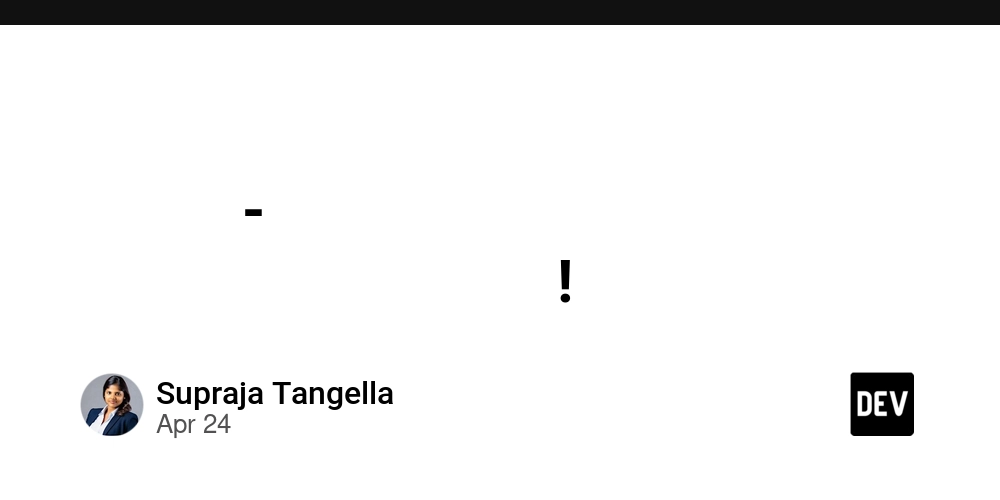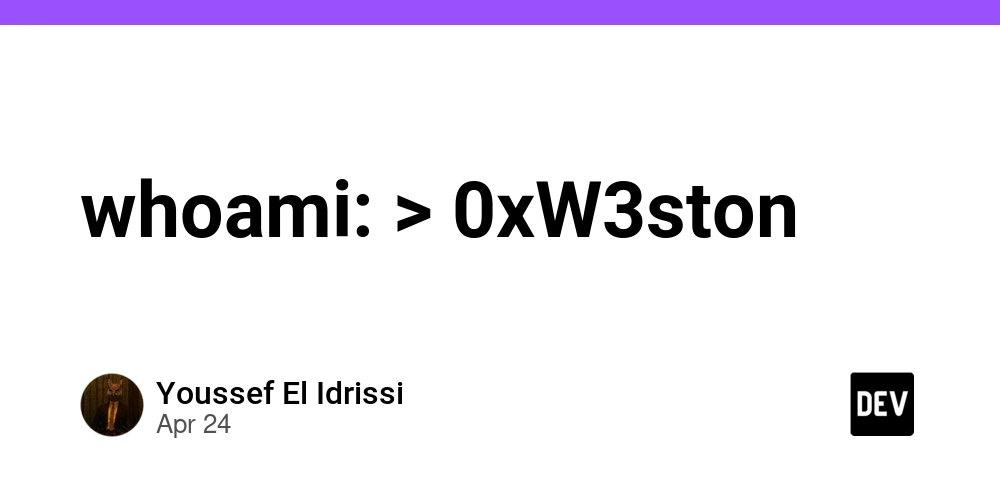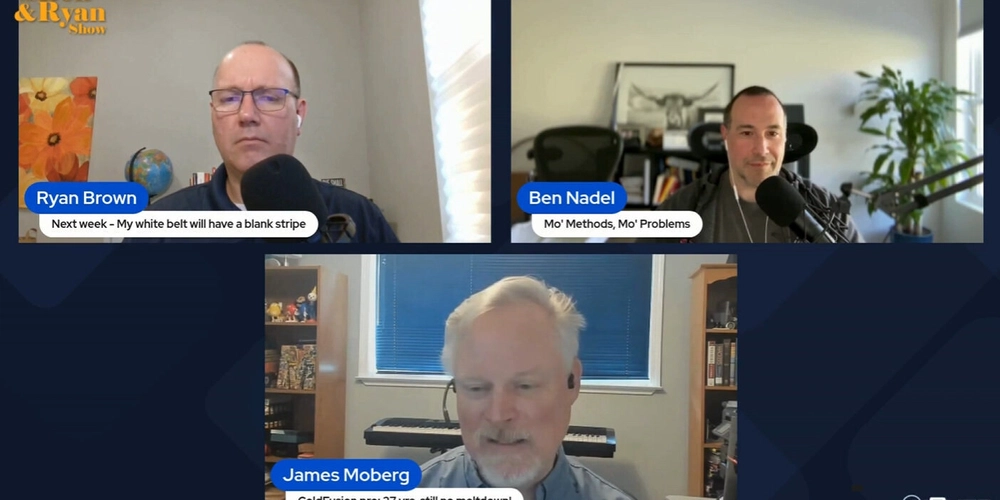
Nginx Maintenance Page: A Simple Guide with Docker and Next.js
Want a quick way to display a maintenance page with Nginx when your site's down for updates? This guide uses Docker and a simple Next.js app to show you how. It's perfect for minimizing user frustration while you work behind the scenes. We will also implement tips for showing a maintenance page during essential updates or emergency downtimes.
Why Show a Maintenance Page?
- User Experience: Letting users know why your site is unavailable prevents confusion and frustration.
- Professionalism: A well-designed Nginx web server maintenance page looks much better than a generic error message.
- Control: You decide what message users see during downtime.
What You'll Need
- Docker
- Docker Compose
- Basic understanding of Nginx
1. Set Up Your Web Service (Next.js)
We'll use Next.js for a simple example.
No need to modify the website for this demonstration.
2. Configure Nginx
Create a data folder with an nginx subfolder. Inside, create these two files:
maintenance.html (Your Maintenance Page)
Customize this HTML with your branding and message.
nginx.conf (Nginx Configuration)
Explanation:
listen 3000: Nginx listens on port 3000.error_page 503 /maintenance.html: Directs 503 errors to your maintenance page. So that you serve dynamic maintenance page using Nginx.location = /maintenance.html: Serves the static maintenance page.internal: Prevents direct access to the maintenance page.if (-f /nginx-data/maintenance.flag): Checks for a file namedmaintenance.flag. If it exists, Nginx returns a 503 error, triggering the maintenance page.proxy_pass http://frontend:3000: Proxies requests to your Next.js app.
3. Docker Setup
Dockerfile (For Next.js App)
FROM node:23-alpine
RUN npm install -g pnpm
WORKDIR /app
COPY . .
RUN pnpm install
CMD ["pnpm", "run", "dev"]
This Dockerfile sets up the Next.js environment.
docker-compose.yml (Docker Compose Configuration)
Key Points:
frontend: Builds and runs your Next.js app.nginx: Uses the latest Nginx image.ports: Maps port 30000 on your host to port 3000 inside the container.volumes:./data/nginx:/nginx-data: Mounts your localdata/nginxfolder to/nginx-datainside the container../data/nginx/nginx.conf:/etc/nginx/conf.d/default.conf: Copies your Nginx configuration file into the container.
depends_on: Ensures the Next.js app starts before Nginx.
4. Run It!
- Run
docker compose upin your project directory. - Visit
localhost:30000to see your Next.js app.
5. Toggle Maintenance Mode: Create maintenance.flag
To trigger the maintenance page, create a file named maintenance.flag inside the data/nginx folder:
Now, refresh localhost:30000. You should see your maintenance page.
6. Disable Maintenance Mode: Remove maintenance.flag
To bring your site back online, remove the maintenance.flag file:
Refresh localhost:30000, and your Next.js app should be back.
Automate with Scripts (Optional)
Create these scripts for easier maintenance mode toggling:
maintenance-on
maintenance-off
Make them executable:
Now, you can simply run ./maintenance-on or ./maintenance-off to toggle maintenance mode.
Considerations
- GitHub Actions: Automate maintenance mode toggling as part of your deployment process.
- Customization: Enhance your maintenance page with dynamic content or countdown timers.
- Remote Execution: Run the maintenance mode toggling commands from a remote server.
Wrapping Up
This simple setup gives you a solid foundation for displaying a professional Nginx website maintenance page using Docker. Adapt it to your specific needs and deployment workflow.























